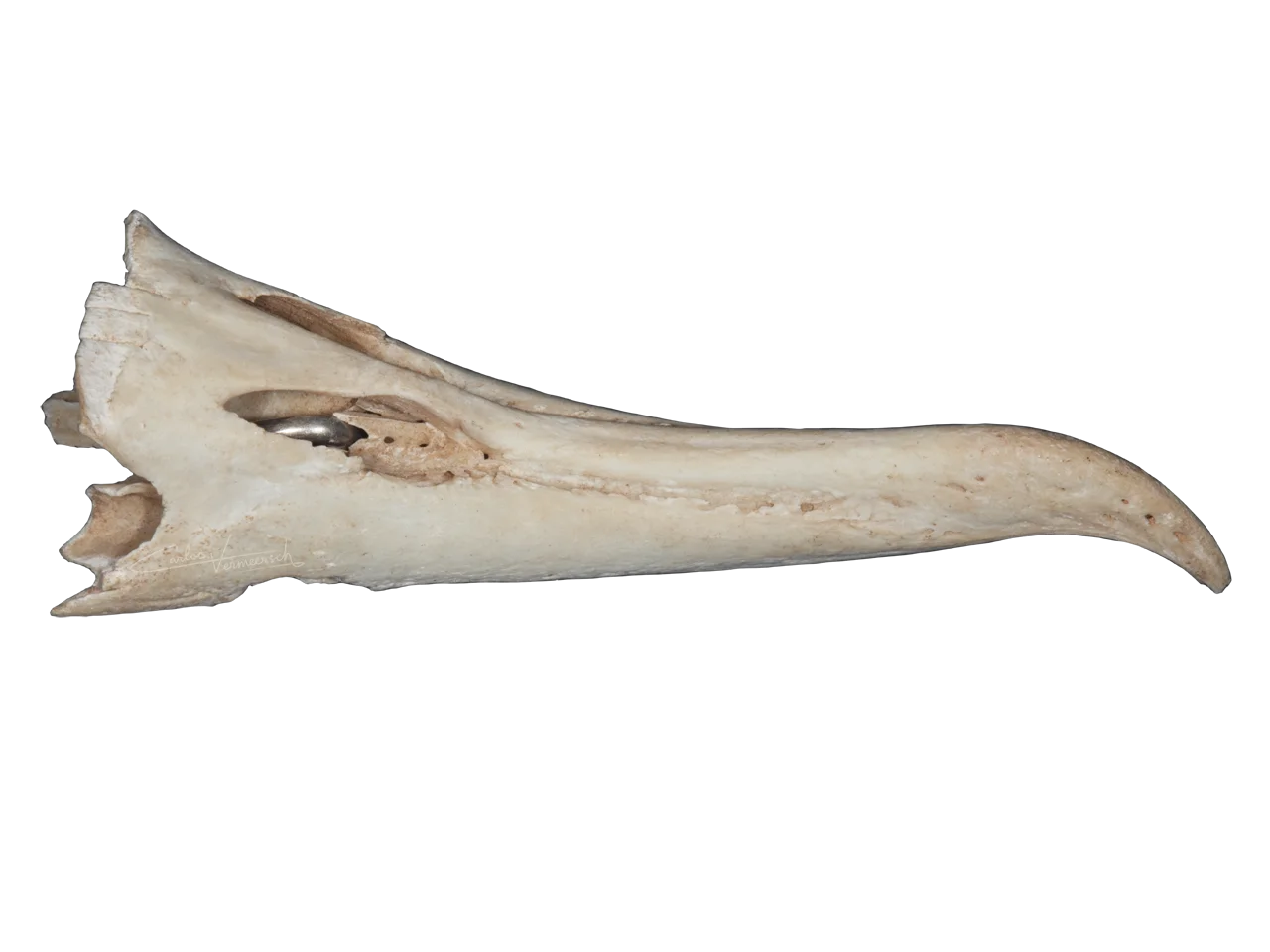Cory's Shearwater
- Carlos Vermeersch

- Jan 27, 2018
- 3 min read
Updated: Feb 27, 2024

Cory’s shearwater is a migratory bird, almost completely pelagic (feeding in the open ocean), of a brownish-grey color with white underparts, save for the pattern of the underwing. It possesses pink legs and a notorious yellow bill. It used to be conspecific with Scopoli’s shearwater (Calonectris diomedea) but it reaches a greater size, becoming one of the largest marine birds of the Canary Islands.
It’s an excellent glider and only flutters its wings in absence of wind. This species spends most of the time in the open ocean, and often travels to the Sahrawi coast just to feed. It holds its wings bowed and angled slightly back. They’re designed to exploit even the mildest of winds on the marine surface, allowing it to fly close to the water and easily dive up to 15 meters (50 ft) below the sea level in search of fish and squid. The flight technique of moving across wave fronts with minimum effort is called shearing, and it gives the entire group its English name. On the other hand, its generic name derives from the Ancient Greek καλός (kalós, “good”) and νηκτρίς (nektrís, “swimmer”) and alludes to this ability.

Shearwaters belong to the order Procellariiformes. In English they are called tubenoses, due to a tube positioned along the culmen. This horny sheath, called the naricorn, coats the nostrils and salt glands, which allow these birds to drink seawater. All birds possess enlarged nasal glands at the base of the upper part of the mandible, but in tubenoses the gland is active. The sodium they ingest is absorbed into the blood plasma within the kidneys and is removed by the salt gland to be excreted through their specialized nostrils, creating salt-free water.
Shearwaters are long-lived, living approximately 25 years. They form long-term pair bonds that are developped over several years and may last for the life of the pair. They are pelagic and come to islands and coastal cliffs only to breed, namely the Azores, the Berlengas Archipelago, Madeira, Selvagens Islands (biggest colony), and the Canary Islands. In February, 30.000 pairs arrive to the shores of the Canary Islands. At the colonial breeding sites they are active exclusively during the night, often emitting eerie raucous cackles (“eww-ew-ew-aa”). They nest in burrows and attend their single egg or chick only on night-time visits, preferably on moonless nights, to minimize predation by large gulls. Both the male and the female participate in incubating the egg and rearing the chick. However, once a chick fledges it no longer receives parental care.
In autumn the parents abandon its chick and migrate to America or Madagascar. One week later, when hunger has motivated it enough, the fledgling decides to emerge from the burrow and to become self-sufficient. It will spend the following 7 years of its life without stepping on dry land, and it won’t return until it feels the call of the breeding season.

At night, the Moon guides the fledglings, but they are confused by another type of lights: those of civilization. Excessive streetlights, over-illumination of buildings, car lights, etc. make hundreds of fledglings crash to the ground, from where they won’t be able to take off. Today they abound in the Canary Islands, but their number is decreasing, and invasive predators like cats and rats aggravate their decline. Fortunately, the work of the Rehabilitation Centers like Puntallana’s, that depends of the Environmental Department of the Cabildo of La Palma, greatly helps many animals like Cory’s shearwater.
Sources
Breaking the routine: individual Cory's shearwaters shift winter destinations between hemispheres and across ocean basins. Maria P. Dias, José P. Granadeiro, Richard A. Phillips, Hany Alonso & Paulo Catry. The Royal Society Publishing, November 2016.












Comments